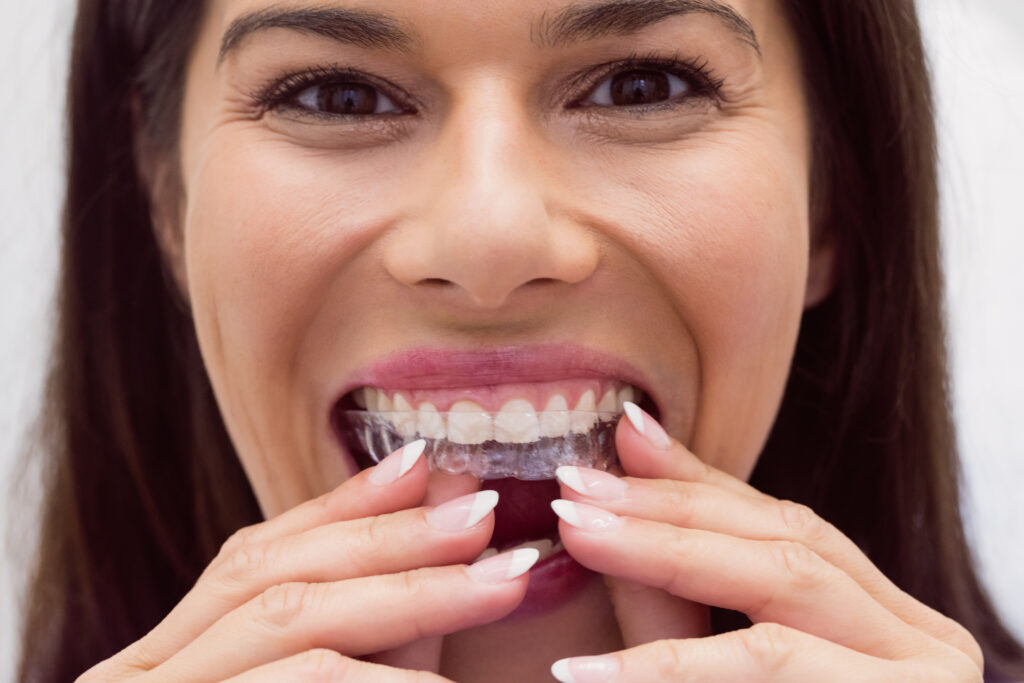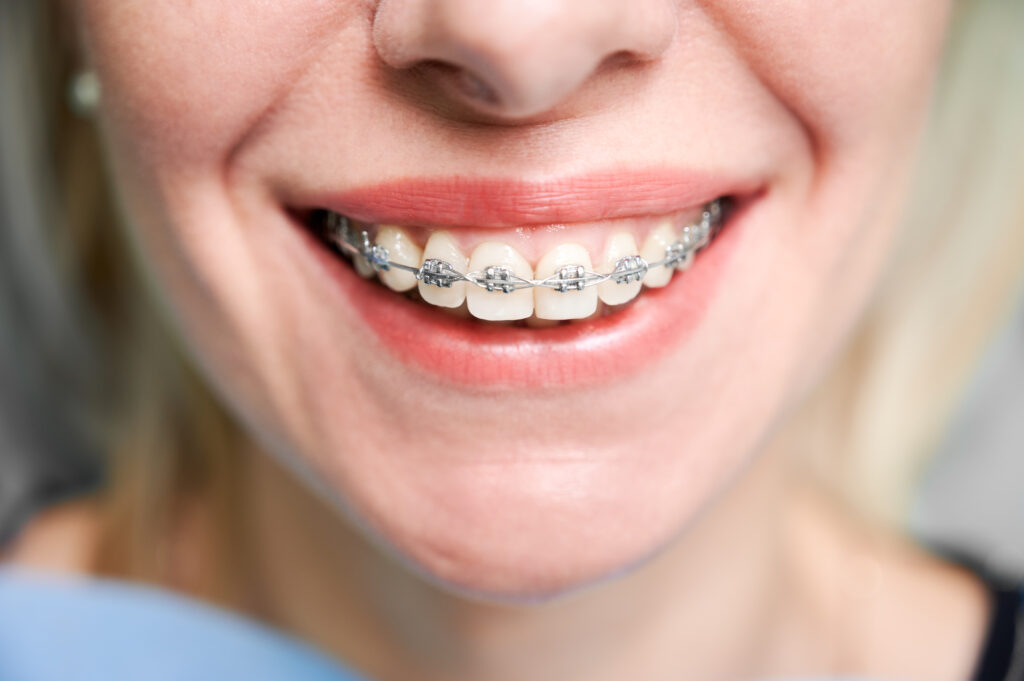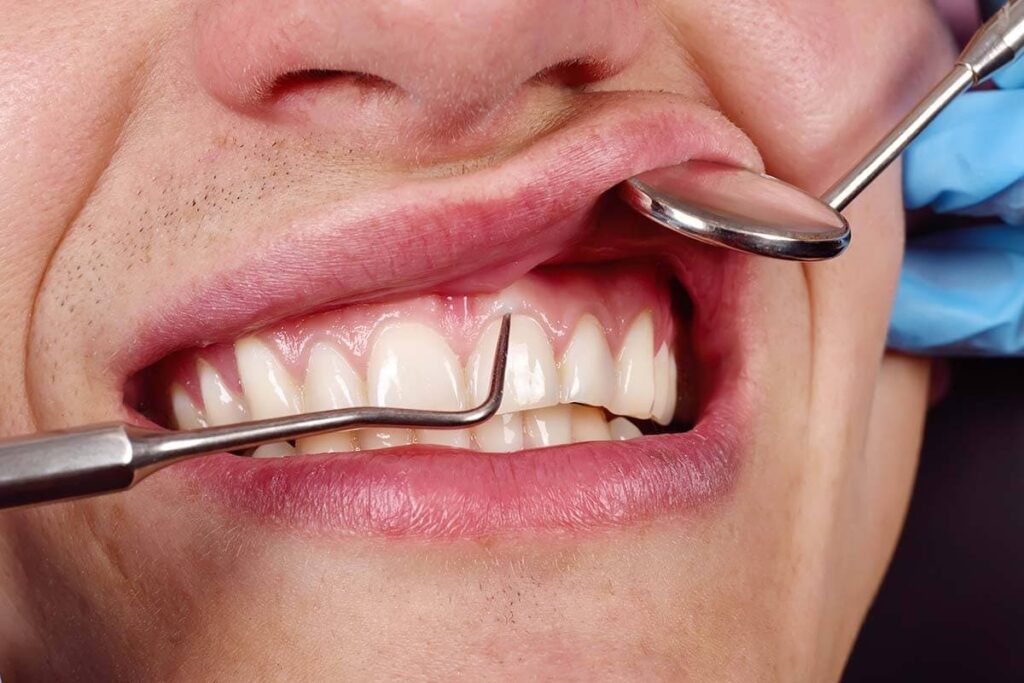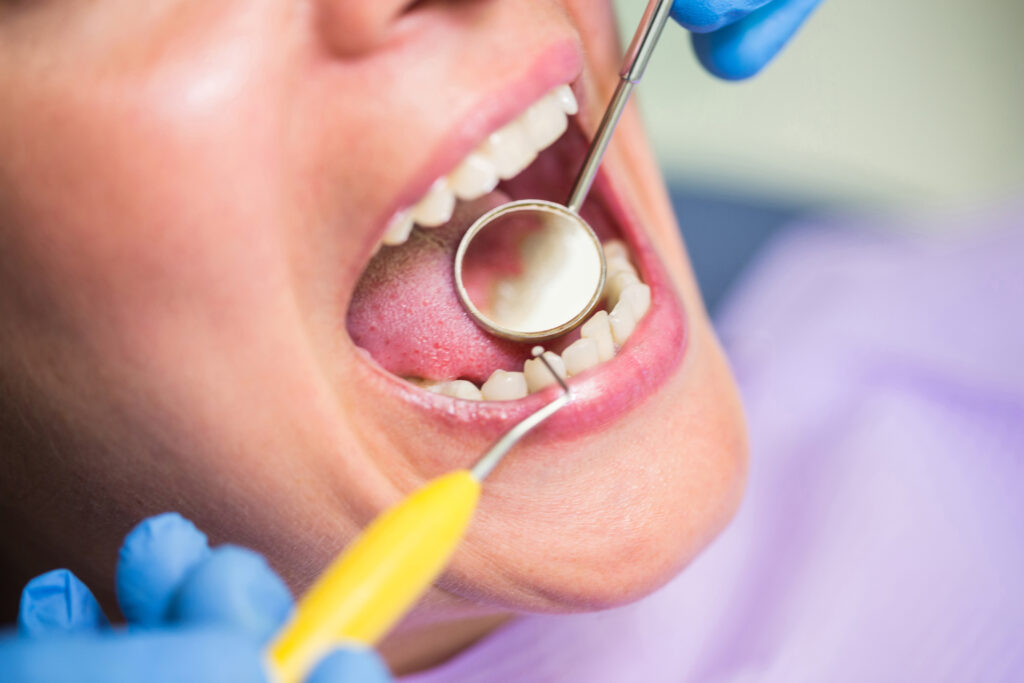There’s been a lot of talk about clear aligners lately. These nearly invisible trays can straighten your teeth without brackets or wires. For many, they seem like the perfect solution. However, before you start, it’s important to ask: Are clear aligners right for your smile goals?
If you are thinking about clear aligners as an alternative to traditional braces, this guide will help you understand what they do, who they are best for, and when they might not be enough on their own.
What Are Clear Aligners?
Clear aligners are plastic trays that are designed to fit comfortably over your teeth. Patients receive a number of these trays, with each one featuring slight variations that work collaboratively to guide teeth into better alignment. The best advantage of aligners is their removability. Individuals can take them out for eating, brushing their teeth, or during special occasions.
Aligners are made from high-quality medical-grade plastic and are nearly invisible when you wear them. This means you can smile with confidence. They provide an easy and effective way to achieve a straighter smile, and they require little maintenance.
The Appeal of Going Clear
For adults and teens alike, the idea of fixing your smile without drawing attention is a big win. No metal brackets. No food restrictions. No painful adjustments with wires being tightened every month. You can go about your life, at work, school, or social events, without anyone noticing your treatment.
They’re also generally easier on your daily routine. You take them out to eat, so there’s no risk of snapping a wire on crunchy toast or popping off a bracket with gum. Brushing and flossing stay normal. And for many people, that added flexibility makes a huge difference.
Who They’re Best Suited For
That said, the effectiveness of clear aligners depends heavily on the case. Aligners work best for people with mild to moderate misalignment, things like small gaps, slightly crooked front teeth, or minor crowding. If your bite is mostly fine and you’re simply looking to refine your smile, clear aligners can be a great choice.
Aligners are a good option for people who had braces in the past and whose teeth have started to shift again. They provide a simple and non-invasive solution without the need to start over with metal braces.
But the key is consistency. For aligners to work, you must wear them for 20 to 22 hours a day. That means keeping them in during the day, at work, through your sleep, and even when you’re tempted to “take a break.” If you’re not strict about wear time, treatment can slow down or fail altogether.
Where They Fall Short
Clear aligners for teeth are popular, but they are not the best choice for everyone. In complex cases like deep overbites, crowding, rotated teeth, or jaw misalignment, aligners might not be strong enough to fix the problem.
Aligners also require self-discipline. If you often forget to wear a retainer or misplace things, removable aligners may not be right for you. Unlike braces, which work all the time without any effort, aligners only work if you remember to wear them. This is why we suggest traditional braces for younger teens or anyone likely to skip wearing the trays.
What the Treatment Timeline Looks Like
At our clinic, upon determining that you are a suitable candidate, your journey will commence with digital scans or impressions of your mouth. Following this, we will design a customized treatment plan that precisely maps out the movement of your teeth.
You’ll receive several sets in advance and switch them out every one to two weeks. The average treatment time ranges from six months to a year, though it can vary depending on your case. For those with more complex dental adjustments, wearing aligners can be a journey that lasts up to 18 months.
Once treatment ends, most patients need to wear a retainer at night to keep the results in place. Like with braces, teeth can shift back without proper follow-up.
Final Word
What is the best way to know if clear aligners for teeth are right for you? Talk to our team of experts who will guide you with both aligners and braces. A full evaluation will help you understand your options and whether your goals match what clear aligners can realistically do.
Yes, they offer freedom. Yes, they’re subtle. And yes, they work, but only when your case fits the tool. Sometimes, traditional braces are still the smarter, faster, more effective option. It all depends on your bite, your teeth, and your lifestyle.






